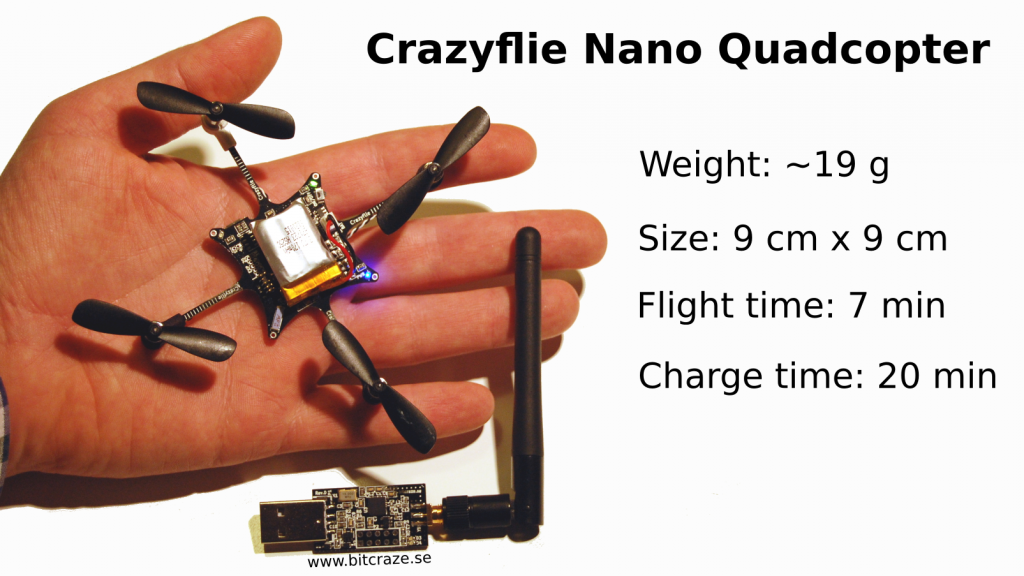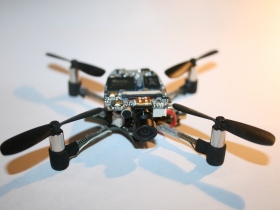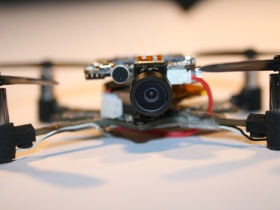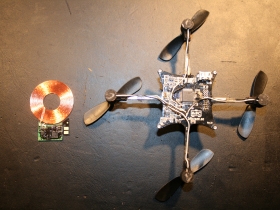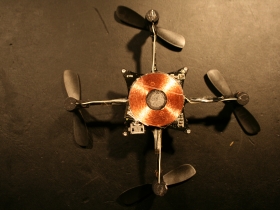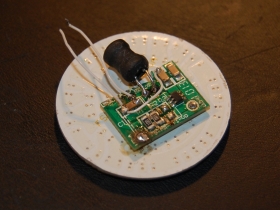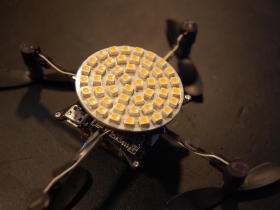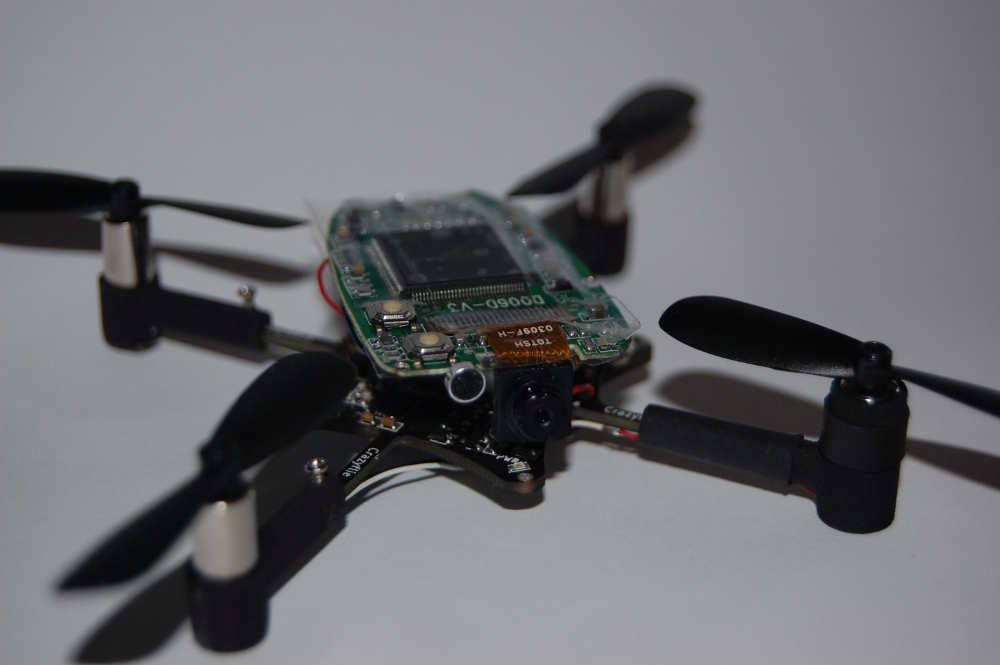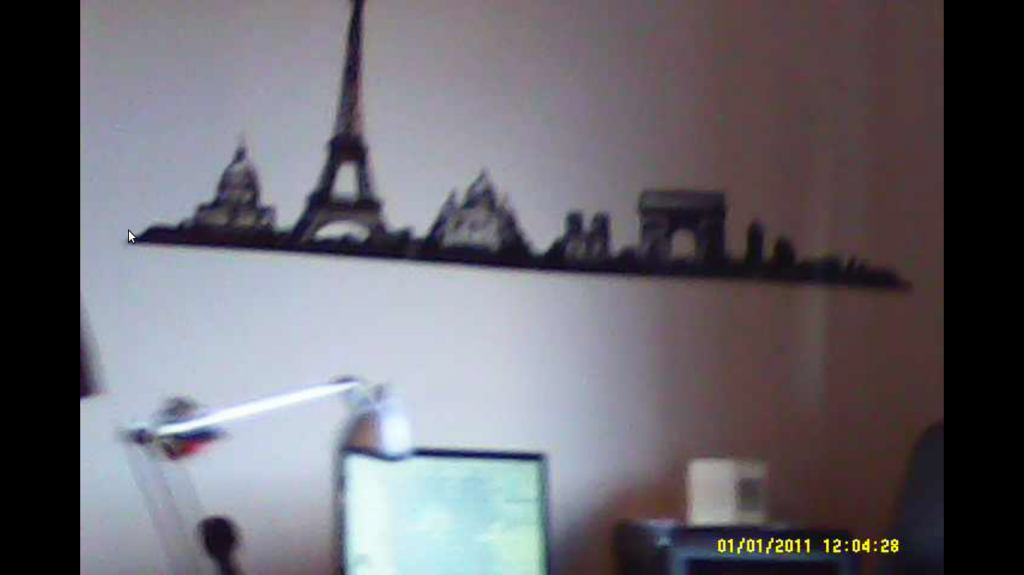So finally it’s Monday again :-) As you might have noticed the Crazyflie got released for pre-release last week! All our code has now been pushed onto Bitbucket and our repositories can be found here. Since we did some restructuring of the code before pushing there might be some bugs that we are currently hunting. The Crazyflie is mainly a development platform where you can either add new features/hacks or improve the current features. We added a feature wishlist to the Wiki for features that we never had the time to implement and also to add new features that you suggest. So if you feel like getting you hands dirty there’s still lots of stuff to do! In order to make development easier we have:
- Wireless Radio Bootloader: This will enable you to easily update the firmware in the Crazyflie. The bootloader cannot easily be erased without using a JTAG so don’t worry about bricking your Crazyflie when testing new firmware
- Crazyradio USB bootloader: The Crazyradio contains a USB bootloader for easy update of the firmware
- Well documented: We are currently doing our best to update the documentation on the Wiki and our goal is to create a well documented platform
- Parameter setting/getting: This is detailed a bit more here but in short it’s a framework where you can easily add parameters/variables that can be set or fetched from the client. The tab in the client where you can change PID controller parameters on the fly is implemented using the parameter framework.
- Variable logging: This is also detailed a bit more here but in short it’s a framework where you can easily log variable values to the client. You select variables that you want to log and the rate you want to get them and the Crazyflie will automatically send you updates for these variables. The attitude indicator and roll/pitch/yaw values on the FlightTab are implemented using the logging framework.
In the upcoming week we are planning on posting a video showing some of these features.
